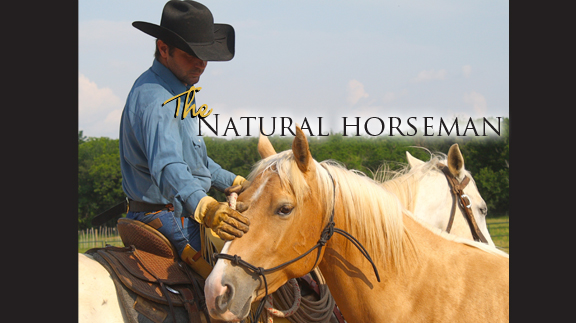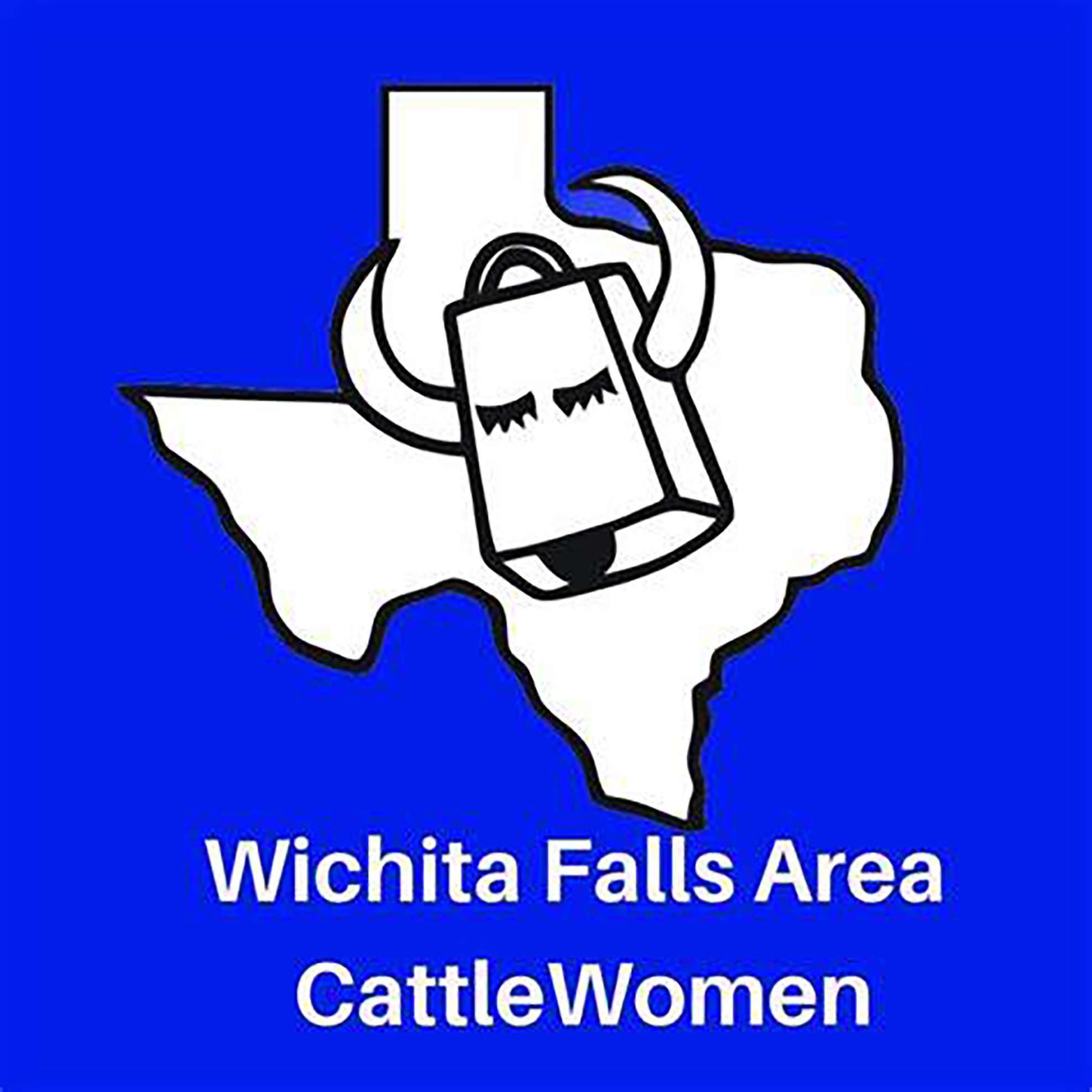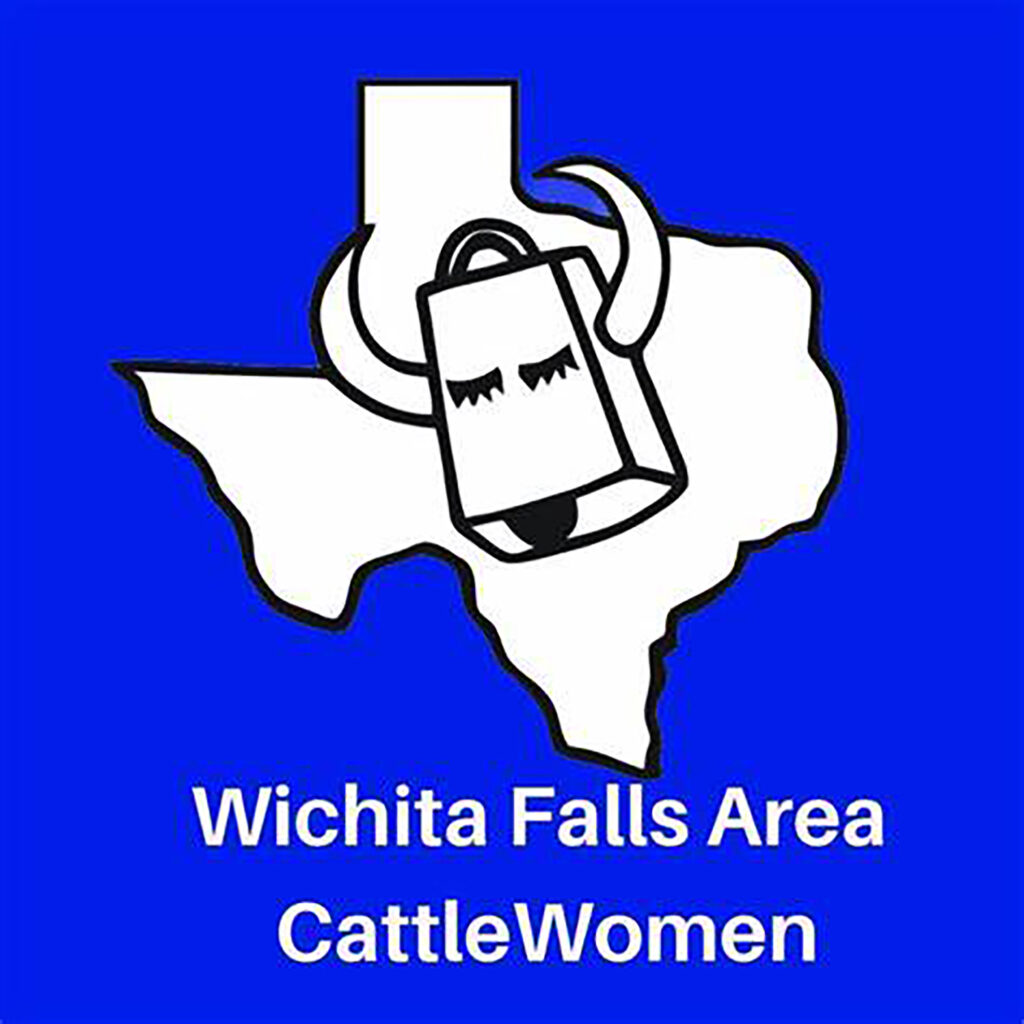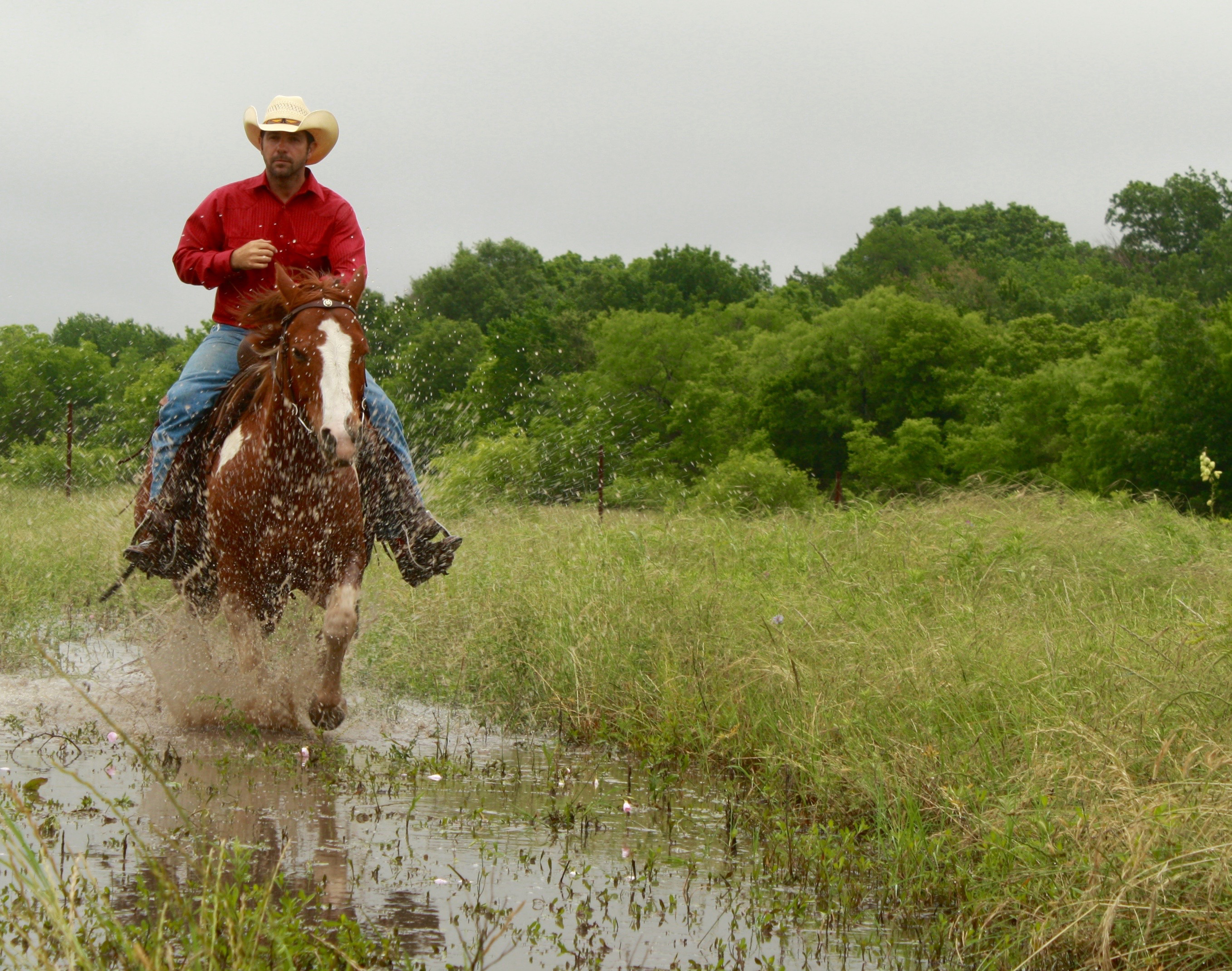HOME
The Natural Horseman – Riding Through the Mud

By Steve Stevens
The Texas Ranger has a handlebar mustache and lines running across his face showing every haunting experience in his life. Every outlaw chased shows through each nook and cranny of his tanned leather skin. His steel eyes gleam through the caked dust blown up from a line of storms starting in the Hill Country working their way east. Although the storms are bringing torrential rain, he never wavers in his quest to hunt down the Comanches who just raided a small town. As the rain thickens and the lightning crashes, he finds himself and his stout bay gelding at a full out run through the black clay landscape. His faithful mount hammers on through the pounding gust of sleet waiting for his next command. The Ranger rides light in his saddle to stay loose on his back in case of a trip or fall. The many miles have taught him how to be aware of his horse’s footfall in the most difficult of situations and how to help his gelding prevail through every slick unbalanced stride that he takes in the Texas mud.
I know it seems far-fetched, but I think often of our Western heritage and what it might have been like back then and what man and his partner the horse endured, especially this time of year when we seem to be back in a rain pattern that could potentially drop rain weekly through the rest of fall and winter.
We don’t have the benefit of an indoor arena, so finding safe, proactive ways to work horses in training when the ground is wet can take some getting used to. This is especially true when riding colts and problem horses that aren’t sure footed yet. Long term, it is a great opportunity to build a horse’s confidence in sticky situations, excuse the pun. But you really have to use your awareness. A lot of the property here is a clay mixture and it can be like walking on ice, so it is a great time to really focus on footfall. Not being paranoid, but staying in the moment—feeling each step fall deep and sturdy in the ground. If you are not connected to your horse and balanced on this kind of ground, you can impede his ability to stay on his feet very easily.
Lots of times we don’t have control of our environment: weather on the trail, a freak storm that comes up, entered at the rodeo that is never canceled due to rain, or just needing to get some colts trained in the mud. It is not necessarily something I enjoy doing, but riding in the mud is a reality. It is good to get horses used to all environments, within reason.
If you haven’t ridden in the mud before, the important thing is to be aware of the footing or should I say the ground. If there is good footing under the mud there will still be solid ground underneath your horse, and as long as you are aware and pay attention to things, it will be fine. If you have to ride through slicker stuff, you really need to take your time by focusing on each step and staying balanced and light in the saddle.
So next time you are stuck riding in the mud, think about those before us who discovered our beautiful country horseback and all the millions of miles they rode through the mud!
HOME
Preparing Spring Gardens

By Hannah Claxton | Editor
The North Texas area is located within USDA Hardiness zones seven and eight. The zones are categorized by predicted low temperatures for winter and timing of the first and last frosts.
Zone seven usually has winter low temps between 0 and 10 degrees F with the average date of the first frost falling between Oct. 29 and Nov. 15 and the average date of the last frost falling between March 22 and April 3.
Overall, these two zones have similar climates and growing conditions, making the options for timing and variety within a garden very similar.
In these zones, cool-season crops should go in the ground in March, meaning that soil preparation should start now.
To read more, pick up a copy of the January edition of North Texas Farm & Ranch magazine, available digitally and in print. To subscribe by mail, call 940-872-5922.

HOME
Equine Vaccinations

By Heather Lloyd
Vaccinations are a critical component of maintaining the health and well-being of horses, especially in environments where they are exposed to other animals, such as in the sport, show and performance arenas. Horses, like all animals, are susceptible to various infectious diseases that can spread quickly and cause serious harm.
A routine vaccination schedule helps prevent the spread of these diseases by preparing the horse’s immune system.
To read more, pick up a copy of the November edition of North Texas Farm & Ranch magazine, available digitally and in print. To subscribe by mail, call 940-872-5922.

HOME
Wichita Falls Area Cattlewomen

Having herds on a controlled breeding schedule means that we have a predictable calving schedule, and while it’s only over a couple of months, for us it does fall right after the start of the year. I lobby annually to call ours the “Winter calving season”, but I am outvoted and my husband still refers to it as Spring. Unlike producers in our Northern States, we don’t have to contend with brutally harsh winter weather, and on those rare times we do, thankfully it is not for extended periods. Regardless of whether you have a Spring or a Fall calving schedule, the health of a newborn calf begins with the mother’s health, and the mother’s health is largely dependent on the producer.
To read more, pick up a copy of the November edition of North Texas Farm & Ranch magazine, available digitally and in print. To subscribe by mail, call 940-872-5922.

-

 Country Lifestyles2 years ago
Country Lifestyles2 years agoScott & Stacey Schumacher: A Growth Mindset
-

 Country Lifestyles8 years ago
Country Lifestyles8 years agoStyle Your Profile – What your style cowboy hat says about you and new trends in 2017
-

 HOME8 years ago
HOME8 years agoGrazing North Texas – Wilman Lovegrass
-

 Outdoor10 years ago
Outdoor10 years agoButtercup or Primrose?
-

 Country Lifestyles5 years ago
Country Lifestyles5 years agoAmber Crawford, Breakaway Roper
-

 Equine1 year ago
Equine1 year agoThe Will to Win
-

 Country Lifestyles9 years ago
Country Lifestyles9 years agoJune 2016 Profile – The man behind the mic: Bob Tallman
-

 Country Lifestyles8 years ago
Country Lifestyles8 years agoDecember 2016 Profile, Rusty Riddle – The Riddle Way





